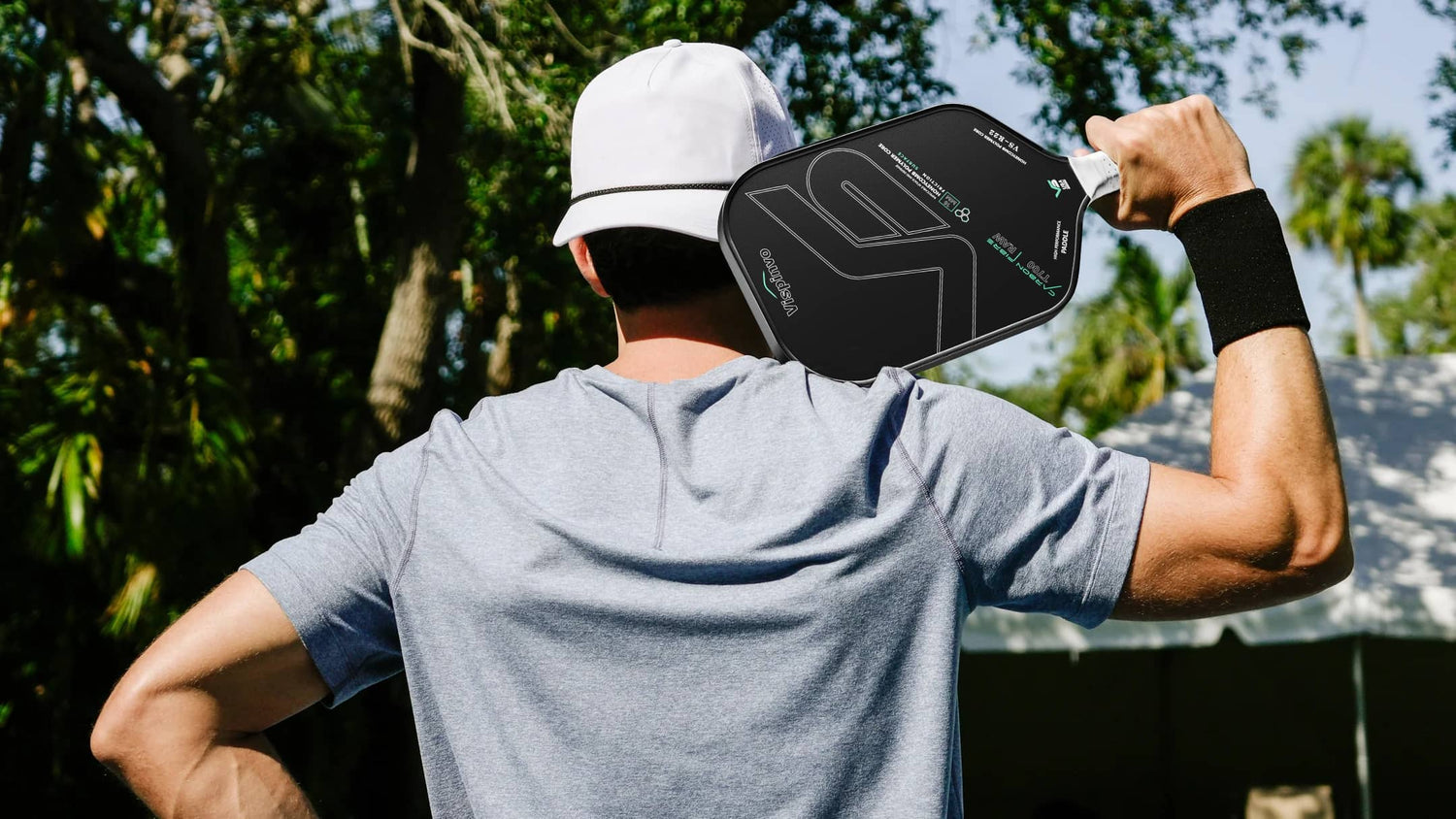
Pickleball Paddle Maintenance Guide: Keep Your Gear in Top Shape
Whether you’re a casual player or a dedicated enthusiast, your pickleball paddle is a key piece of equipment that deserves proper care. A well-maintained paddle not only performs better but also lasts longer, saving you money in the long run. This guide from Pro-Pickleballstore will introduce you to practical, science-backed tips for keeping your pickleball paddle in excellent condition, from cleaning to storage and everything in between.
Why Pickleball Paddle Maintenance Matters
Pickleball paddles are designed with specific materials—like graphite, composite, or wood—that can degrade over time without proper care. Dirt, moisture, and rough handling can affect the paddle’s grip, responsiveness, and even its structural integrity. By following these maintenance steps, you’ll ensure consistent performance and extend your paddle’s lifespan significantly.
Daily Cleaning: The First Line of Defense
After every game, take a few minutes to clean your pickleball paddle—it’s the easiest way to prevent buildup that can damage the surface. Start by wiping the paddle face with a soft, damp cloth. Avoid using harsh chemicals or abrasive sponges, as they can scratch or weaken the material. For stubborn dirt or sweat, mix a small amount of mild soap with warm water, gently wipe the surface, then dry immediately with a microfiber towel. Never submerge your paddle in water or put it in the dishwasher. Excess moisture can seep into the core, causing warping or delamination over time—a common issue that ruins paddles prematurely.
Protecting the Paddle Face and Edges
The paddle face takes the most impact during play, so protecting it from scratches and dents is crucial. Avoid hitting the ground, walls, or other hard surfaces—even accidental taps can chip the edge or crack the face. If you notice small scuffs, don’t panic. Light damage can often be smoothed with a soft eraser, but deeper scratches may require professional repair. For composite or graphite paddles, consider using a protective edge guard (included in our sets) to absorb shocks during intense rallies.
Maintaining the Grip: Comfort and Control
A slippery or worn grip can ruin your game and lead to injuries. Check your grip regularly for signs of wear, like cracks or loss of texture. For routine care, wipe the grip with a dry cloth after use to remove sweat and oils. If it gets particularly dirty, use a mild soap solution, then air-dry completely. Avoid using hair dryers or heaters, as high heat can shrink or harden the grip material. When the grip starts to feel slick even after cleaning, it’s time to replace it. Over grips are a great option—they’re affordable, easy to install, and add extra cushioning. Most players replace their over grips every 2-4 weeks, depending on how often they play.
Proper Storage: Avoiding Damage
How you store your pickleball paddle when it’s not in use is just as important as how you care for it during play. Never leave your paddle in a hot car, direct sunlight, or near a heat source. High temperatures can melt adhesives, warp the core, or fade the surface. Similarly, extreme cold can make materials brittle, increasing the risk of cracks. Store your paddle in a cool, dry place. A padded paddle bag is ideal—it protects against dust, moisture, and accidental bumps. If you’re traveling, use a hard-shell case to prevent crushing or bending. Avoid stacking heavy objects on top of your paddle, as this can cause the face to warp. Hanging it on a wall rack (specifically designed for sports equipment) is a space-saving and safe option.
Knowing When to Replace Your Paddle
Even with perfect maintenance, all paddles eventually wear out. Signs that it’s time for a new one include:
Visible delamination (layers separating)
A warped or bent frame
A soft, spongy feel when hitting (indicating core damage)
Persistent vibrations that cause discomfort (a sign of internal damage)
With proper care, a quality pickleball paddle can last 1-3 years for regular players. Taking the time to clean, protect, and store it right will ensure you get the most out of your investment.
Conclusion
Caring for your pickleball paddle doesn’t have to be complicated, but it does require consistency. By following these simple steps—cleaning after use, protecting the face and edges, maintaining the grip, and storing properly—you’ll keep your paddle performing at its best for longer. Remember, a well-maintained paddle isn’t just about saving money—it’s about enjoying better control, power, and comfort every time you step onto the court. So grab your paddle, play hard, and give it the care it deserves. Happy pickle balling!